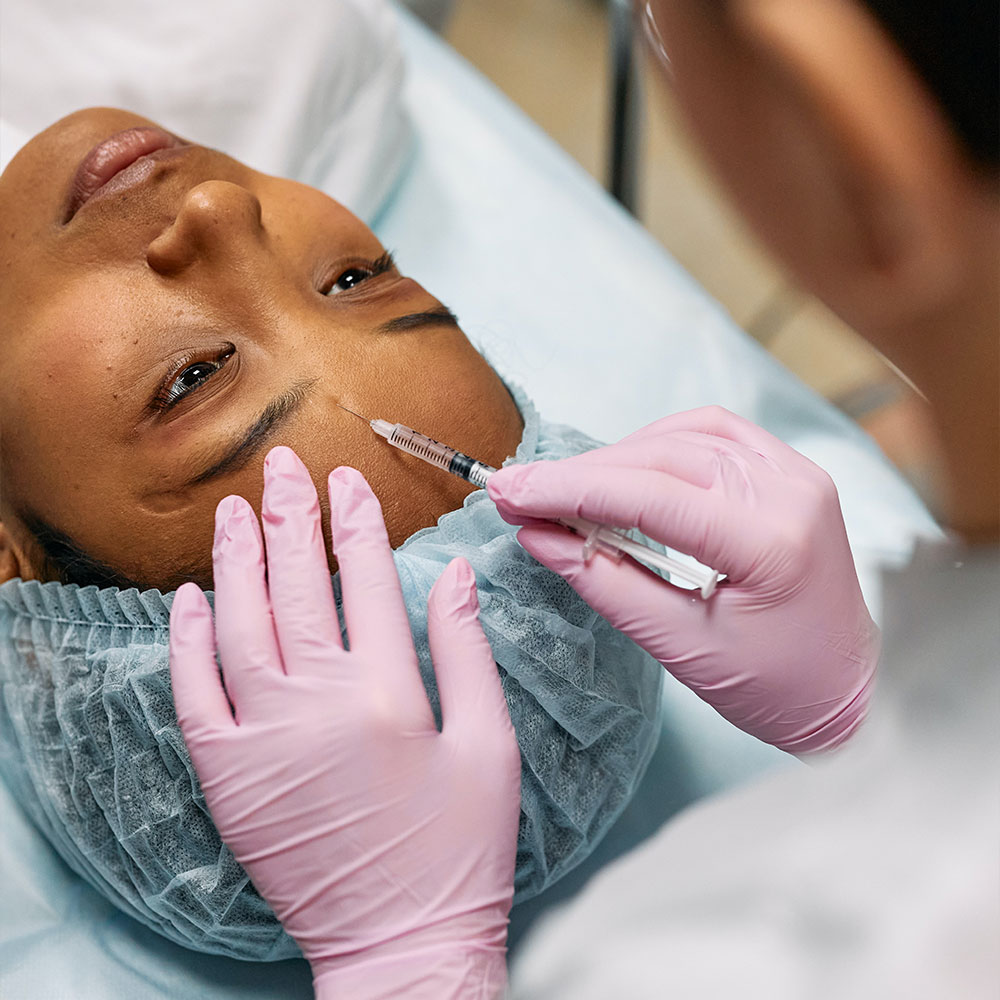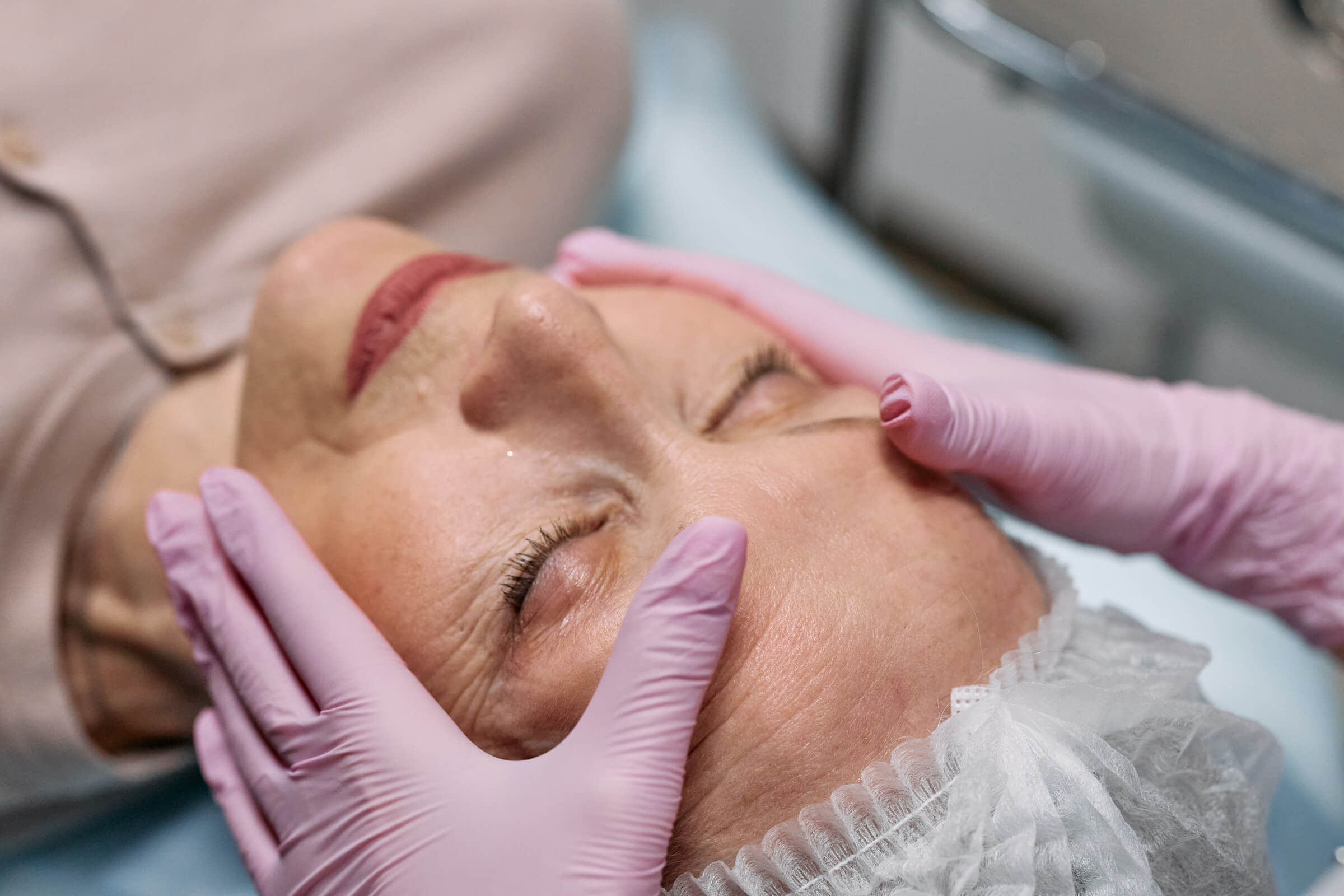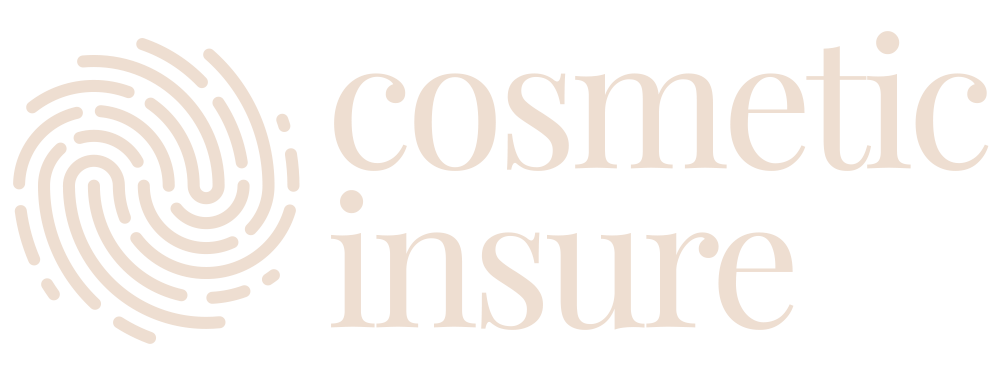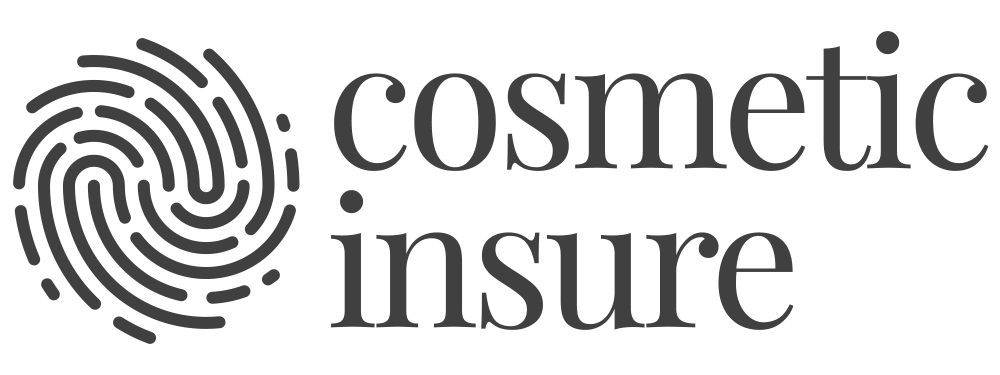EDUCATION
Avoiding Claims in Aesthetic Practice: A Guide for Cosmetic Insure Clients
What can cosmetic practitioners do to avoid claims?
Unfortunately, there is no way to avoid complaints, claims or mistakes completely. Inevitably, things will occasionally go wrong. An increasing culture of blame and compensation encourages patients to complain even when there has been no obvious error.
However, there are things that practitioners and clinic managers can do to mitigate and minimise the risk of being faced with a complaint or claim. There are some simple risk management tips that anyone can adopt to help protect themselves, and here are our top five. Keep an eye on the Cosmetic Insure website for more detailed risk management guidance!



1. Keep Good Records
Good record-keeping is essential. Claims can be made a significant time after treatment, especially where a side effect or problem is not apparent immediately. If there is no documentary evidence to prove that you acted competently or advised properly of the risks involved in treatment, how can you defend yourself?Wherever possible, keep notes of all patient consultations, telephone conversations and correspondence. Make sure you can read your notes so that they can be relied on later. If a complaint or claim has been made against you, never destroy, re-write or alter your records. Even if this was done innocently, it will bring your honesty and integrity into question.
Essential Note:
If a dispute comes down to your word against the patient, the court will often give the patient the benefit of the doubt because the events are likely to be a memorable ‘one-off’ for the patient but an everyday task for the cosmetic practitioner.
2. Manage Your Patients Expectations
Be clear about issues such as the potential risks of a cosmetic procedure, side-effects, best and worst case outcomes and time frames for recovery. It is surprising how often a patient is entitled to compensation after experiencing a perfectly normal side-effect simply because he or she was not properly warned about it.
Wherever possible, give your patient a note of the risks to keep. It is more difficult for a patient to allege that he or she was not properly advised if you can show that you gave that information in writing as well as in consultation.
3. Training Is Key
Make sure your technical skills and knowledge are kept up-to-date, and give your staff regular training as appropriate. Certain cosmetic procedures or products quickly become out-dated, and where a less risky alternative becomes available for patients it can be difficult to justify using an older method or product.
For more information about our training providers please click here.
4. Learn From Experience
Review your practice’s processes regularly, including your administrative procedures, to see if they are still effective to minimise the risk of errors or complaints. This is especially important if you have been unlucky enough to receive a complaint or claim. While not all risks can be identified in advance, the experience of the complaint can shed light on where your procedures could be strengthened.
Tap into the experience of your peers and your professional advisers. Even an informal chat can help you to identify any problem areas. Industry publications are often useful in highlighting risks that you had not previously considered.
5. Have a clear procedure for handling complaints
This helps to ensure that any complaints that do arise are dealt with at the right time by the right person. Make sure all your staff know the procedure and that it is easily available to your patients too.
It may seem counter-intuitive to tell your clients how to complain about you, but it can help to prevent your patient going to a ‘no win no fee’ lawyer before you have had a chance to resolve the problem yourself.
Minimising risks and avoiding claims in aesthetic practice through aesthetic and cosmetic insurance is crucial to ensuring your continued success as an aesthetic practitioner or surgeon.
An Overview
Patient Selection: Ensure patients are suitable for the treatment, and be honest if expectations cannot be met.
Understand Motivations and Manage Expectations: Document motivations and openly discuss achievable outcomes during consultations.
Thorough Documentation: Timestamped photos, comprehensive records and consent forms provide evidence and clarity.
Aftercare Understanding: Provide clear aftercare information to patients, ensuring they understand post-treatment guidelines.
Be Contactable Post-Treatment: Offer contact details for post-treatment queries, ensuring patients feel supported.
Comprehensive Complaints Procedure: Implement a clear complaints procedure for efficient and consistent resolution.
We Value Your Commitment To Excellence
At Cosmetic Insure, we value your commitment to excellence in aesthetic practice. Our dedicated team is here to support you through every step of your journey, ensuring your satisfaction and success. If you have any questions, or concerns, or if you’d like assistance with a complaint or claim, don’t hesitate to reach out to our experienced team. Your peace of mind is our priority. Contact us today, and let’s continue to deliver exceptional care together.
It is important to notify us as soon as you become aware of any circumstance that could give rise to a claim, so it’s not just when you receive a formal letter of claim, but if you have been aware of a complaint or dissatisfied customer for a while that could have reasonably be seen to lead to a potential claim then you should be notifying us of this also.
Share This Story, Choose Your Platform!





Cosmetic Insure Disclaimer
All the information provided in our Cosmetic Insure Treatment Guides and blog articles serves as a valuable reference and informational resource. Our intention is to offer insights that assist you in making informed choices when exploring the extensive array of non-surgical aesthetic treatments available.
Please note that this information does not constitute medical advice. Any reliance you place on the content found within the Cosmetic Insure Treatment Guides, Cosmetic Insure blog articles, or on any part of cosmeticinsure.com is done so entirely at your own discretion.
Prior to considering any non-surgical cosmetic treatment mentioned anywhere on cosmeticinsure.com, we strongly recommend that you engage in thorough consultation with a duly qualified and accredited practitioner who possesses the proper training and comprehensive insurance coverage for the specific treatment you are interested in. Neither the author of the guides or blog articles, nor the practitioner who has verified these guides, nor Cosmetic Insure, can be held responsible or liable for any loss or claims resulting from the use or misuse of cosmeticinsure.com’s content. Your safety and well-being are our utmost concern.





